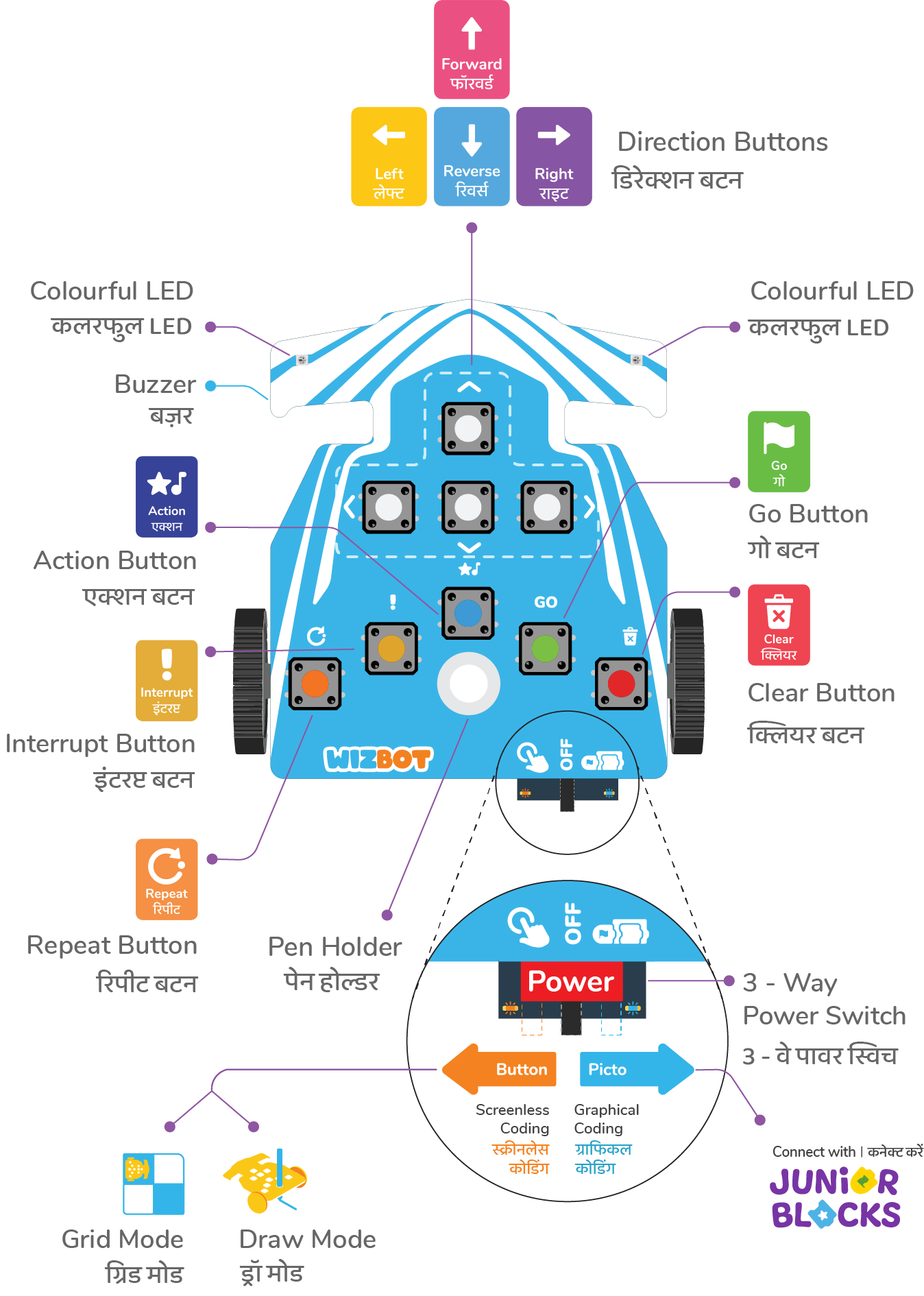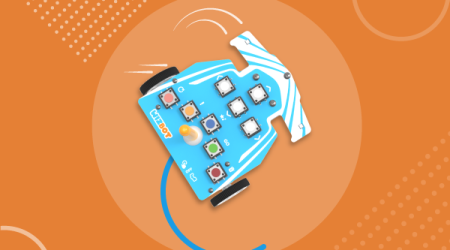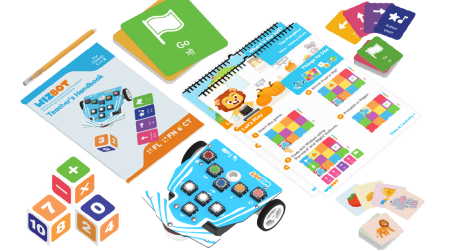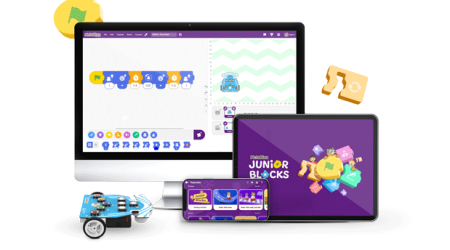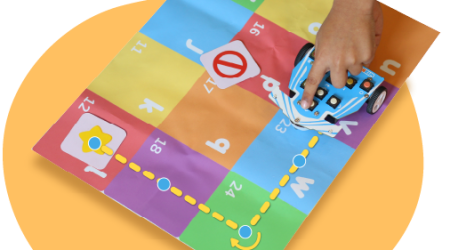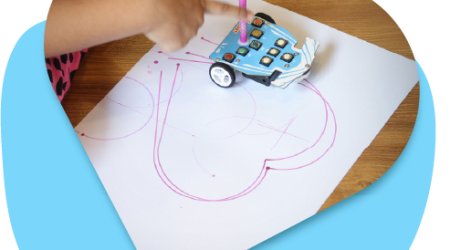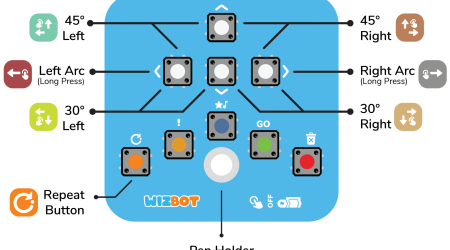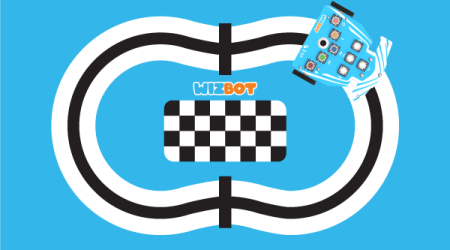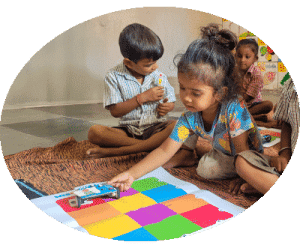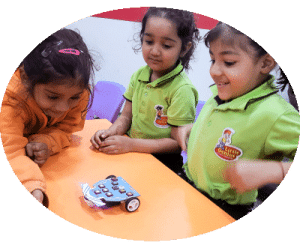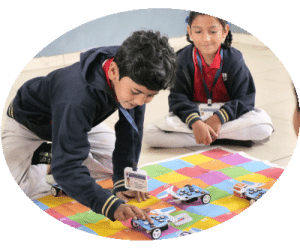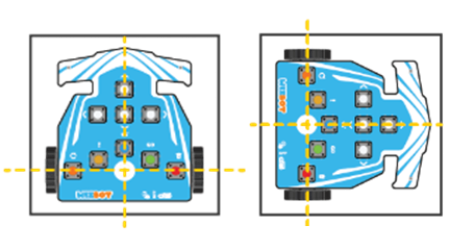Learn how to get started with Wizbot Neo, the smart, screen-free educational robot designed for playful learning. This guide helps you unbox, assemble, and explore its features with ease. Perfect for bringing young learners into hands-on, creative, tech-powered discovery from day one. See how Wizbot Neo inspires curiosity and builds essential skills through interactive play.
Learn how to get started with Wizbot Neo, the smart, screen-free educational robot designed for playful learning. This guide helps you unbox, assemble, and explore its features with ease. Perfect for bringing young learners into hands-on, creative, tech-powered discovery from day one. See how Wizbot Neo inspires curiosity and builds essential skills through interactive play.

